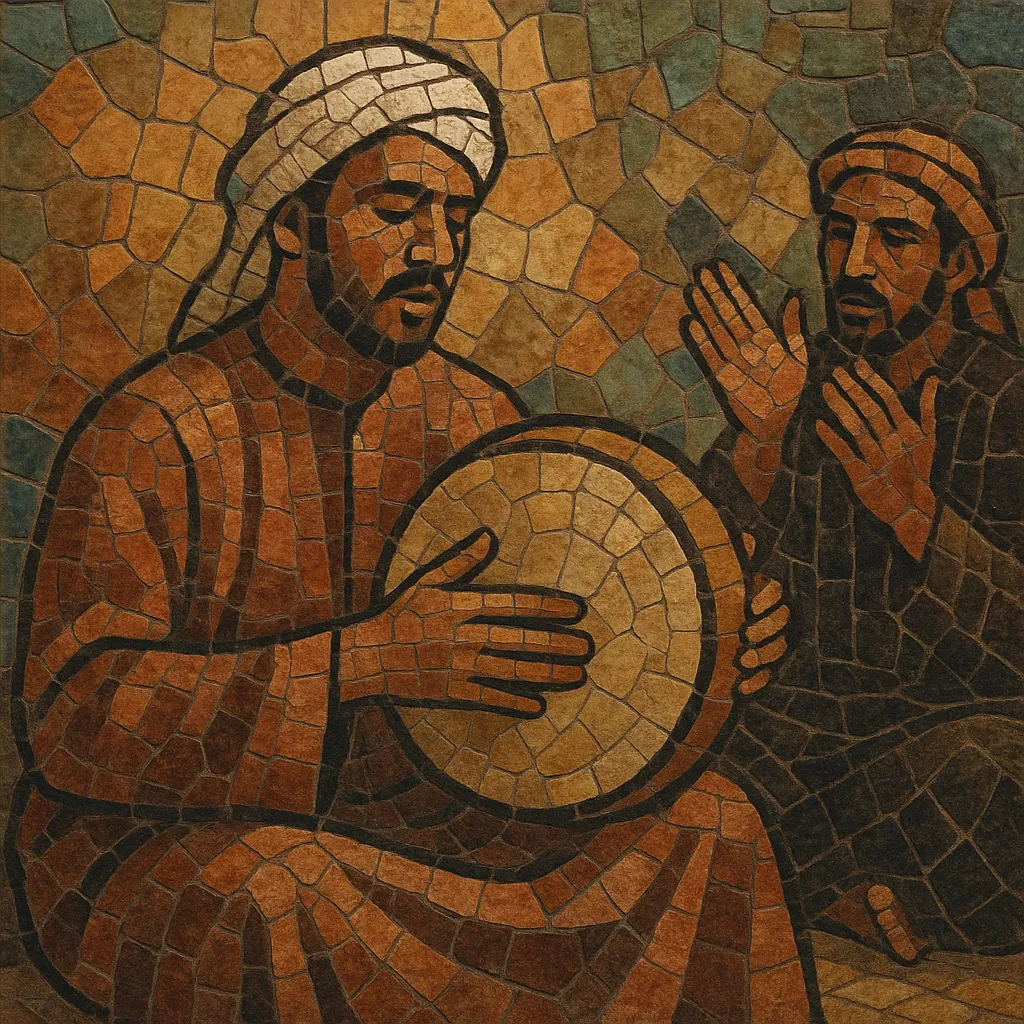Shilla (often written as sheila or sheilat in transliteration) is a Gulf Arab vocal-chant style that emphasizes the human voice, poetic delivery, and percussive drive over melodic instruments. Traditionally performed by male soloists or small choruses, it relies on handclaps and frame drums (daff/tabl) and frequently abstains from melodic instruments altogether.
Texts are drawn from Nabati and tribal poetry, with themes that include pride, praise, weddings, communal identity, and occasionally religious or patriotic sentiment. Melodically, performers move within familiar Arabic maqam contours (especially Bayati, Hijaz, and Rast), while rhythmically they draw on Najdi and broader Khaleeji grooves in measured, chant-like patterns.
In the 2000s and 2010s, Shilla evolved alongside digital platforms, adopting studio layering, crowd-like overdubs, autotune as a vocal color, and sub-bass reinforcement, all while preserving its core identity as percussion-and-voice-centered Gulf chant.
Shilla’s deep roots lie in the oral traditions of Bedouin and tribal poetry across the Arabian Peninsula. Its vocal projection, call-and-response exchanges, and reliance on handclaps/daff reflect communal performance contexts—weddings, tribal gatherings, and local celebrations—where the voice carries social messages and shared identity.
During the cassette era, chant-based Gulf expressions gained wider circulation, and Shilla’s recognizable traits—solo declamation, group refrains, and percussion-led momentum—became more standardized in urban and rural settings. While related to other Gulf styles (such as Samri and Sawt), Shilla leaned more decisively into voice-and-percussion aesthetics and poetic declamation.
Video-sharing platforms and inexpensive home recording catalyzed a modern Shilla wave. Producers layered multiple vocal tracks to emulate massed choruses, experimented with autotune and tight compression, and added low-end thump while keeping instruments minimal (or absent) to retain the chant’s character and, for some, to align with conservative sensibilities.
Today, Shilla thrives both as a traditional wedding/celebration form and as a digital-native micro-genre with huge online audiences. It coexists with Khaleeji pop and nasheed scenes, influencing their rhythmic feels and vocal arrangements while continuing to foreground communal poetry and percussive vocal energy.


